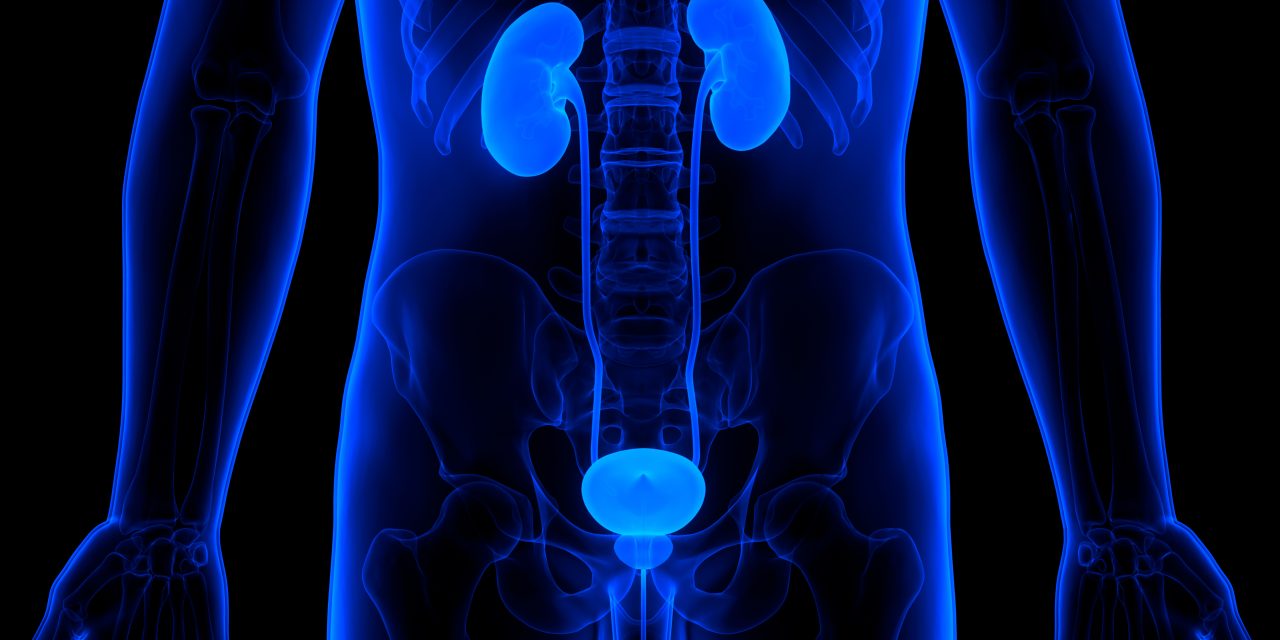To identify factors associated with opioid use after pediatric urologic surgery, use this data to educate our patients and colleagues on decreasing post-operative opioid use, and assess the effectiveness of this approach.
From 1/2018 to 12/2019, a written questionnaire asking which pain medications were used after surgery was given to patients’ families before routine post-operative appointments. A retrospective review of the surveys and patient charts was performed. Demographic factors were compared between patients who did and did not use opioids with Fisher’s exact and t tests. Midway through the study, the results were presented to the urology department in an attempt to reduce opioid use over the next year. The number of opioid prescriptions and patients who used opioids after surgery in 2018 versus 2019 was compared.
1001 patients were included with a mean age of 5 years, 96% male. Patients used a mean of 4.5 doses of opioids and 83% had leftover opioids. Factors significantly associated with not using opioids included age less than 3, penile, and endoscopic surgery. Between 2018 and 2019-despite no significant difference in patient age, gender, or procedure type-the number of patients who were prescribed (61% vs 34%, p <0.0001) and who used opioids (55 vs 28%, p <0.0001) was significantly decreased.
After pediatric urologic surgery, many patients do not need opioid prescriptions. Reviewing our own opioid use practices and providing education within our department allowed us to significantly decrease the number of opioids prescribed and used after surgery.
Copyright © 2021. Published by Elsevier Inc.
Opioid Use after Pediatric Urologic Surgery: Is It Really Needed?


